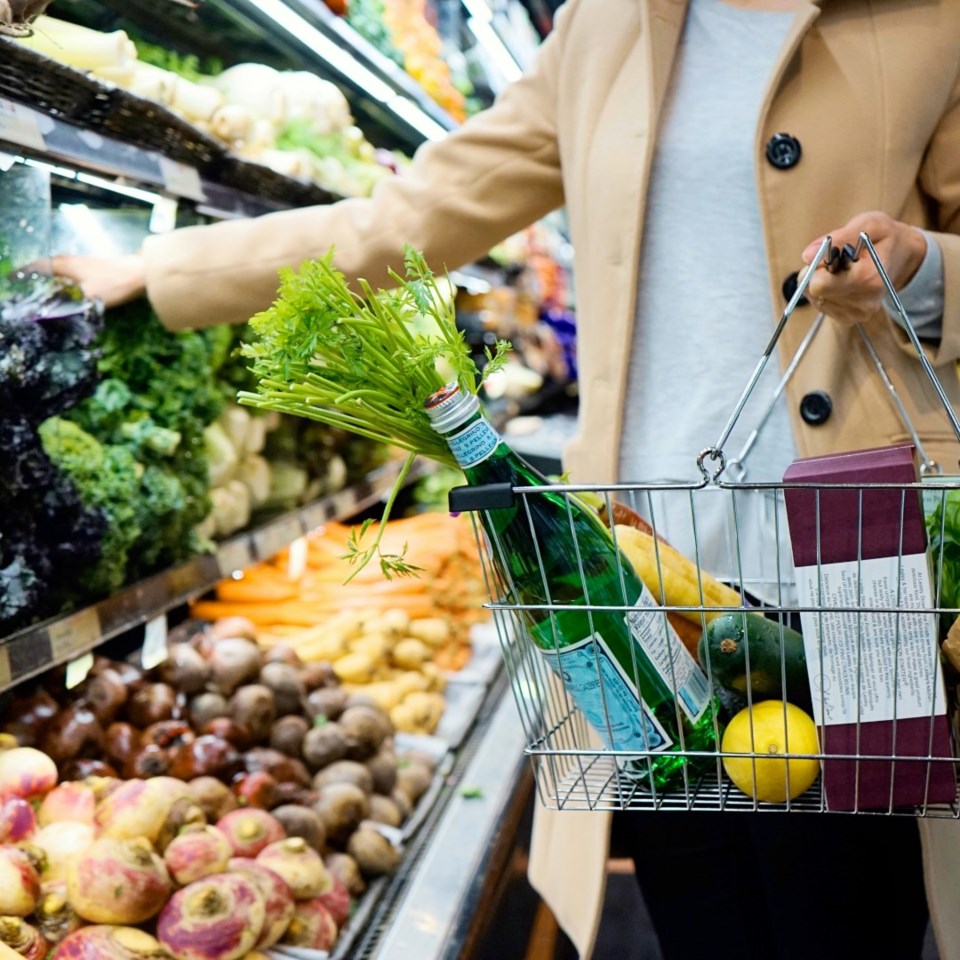As Canadians sit at their dining tables, the burden of what lies on their plates extends beyond mere calories. Recent data from Statistics Canada paints a stark picture of household disposable income consumed by food retail across the provinces, with a noteworthy correlation to the tax rates levied upon their earnings.
Analysis of the percentage of disposable income spent on food retail in 2022 and 2023 shows Newfoundland and Labrador (NL) leading the charge, with 11 per cent of household income dedicated to sustenance (up +1.1 per cent from 2022). This is closely followed by Quebec (QC) (up +0.6 per cent from 2022), Nova Scotia (NS) (uP +0.2 per cent from 2022), and New Brunswick (NB) (up +0.3 per cent from 2022), all hovering around the 10 per cent mark. In stark contrast, Alberta (AB) expends only 8.1 per cent, the lowest among the provinces.
Simultaneously, a table detailing the income tax rates reveals a story in parallel. Despite its renowned culinary culture, Quebec imposes a notable tax burden on its residents, with rates climbing to 19 per cent on income just shy of $100,000. This is the province where citizens dedicate a significant portion of their income to food, second only to NL, which also features higher tax rates compared to the national average.
Is it a mere coincidence that provinces with higher tax rates see a greater share of income going towards food? Or is this an indicator of a larger economic narrative where the tax burden intersects with the cost of living, amplifying the impact on disposable income and, consequently, on food affordability?
Think about this: taxes affect how much money we have left to spend, which in turn influences how much we can buy. This connection is especially evident when it comes to food, which takes up a larger portion of our budgets in regions with higher taxes. This raises a policy question: Are we taxing our way into tighter kitchen budgets?
In provinces such as Alberta, where tax rates are lower, people spend a smaller portion of their income on food. This leaves room for investment in quality, nutrition, and variety. It could also provide greater financial flexibility for individuals to participate in other industries, bolster savings, and boost local economies beyond the grocery store aisles.
Moreover, there’s a dimension that goes beyond the raw numbers. These numbers aren’t just economic data; they mirror the everyday experiences of Canadian families. The percentage translates into the decisions behind whether to buy fresh or canned fruit, opting for organic or non-organic items, and deciding between local or imported products. They shape lifestyle decisions, impact dietary health, and, on a broader scale, contribute to the overall well-being of communities.
Provincial and federal policymakers must recognize these statistics as more than just material for fiscal discussions. They are a call to action to balance taxation and affordability. As food prices continue to rise worldwide, it’s crucial to ensure that tax policies don’t inadvertently squeeze the financial resources of Canadians when it comes to putting food on their tables.
A reassessment of policy would appear prudent, one that considers the cost of living, particularly food, in its formulation. It could be a step towards ensuring that families in Quebec, Newfoundland and Labrador, and indeed throughout all provinces, are not disproportionately burdened by a basic human need.
As we navigate the complex web of economic policies and their social consequences, Canada stands at a crossroads. Will the country tailor its fiscal policies to nurture not only a robust economy but also a healthy population? The data is clear, and it’s high time for a nationwide conversation about crafting a recipe for a balanced, affordable, and nutritious food environment for all Canadians.
Dr. Sylvain Charlebois is senior director of the agri-food analytics lab and a professor in food distribution and policy at Dalhousie University.
©




